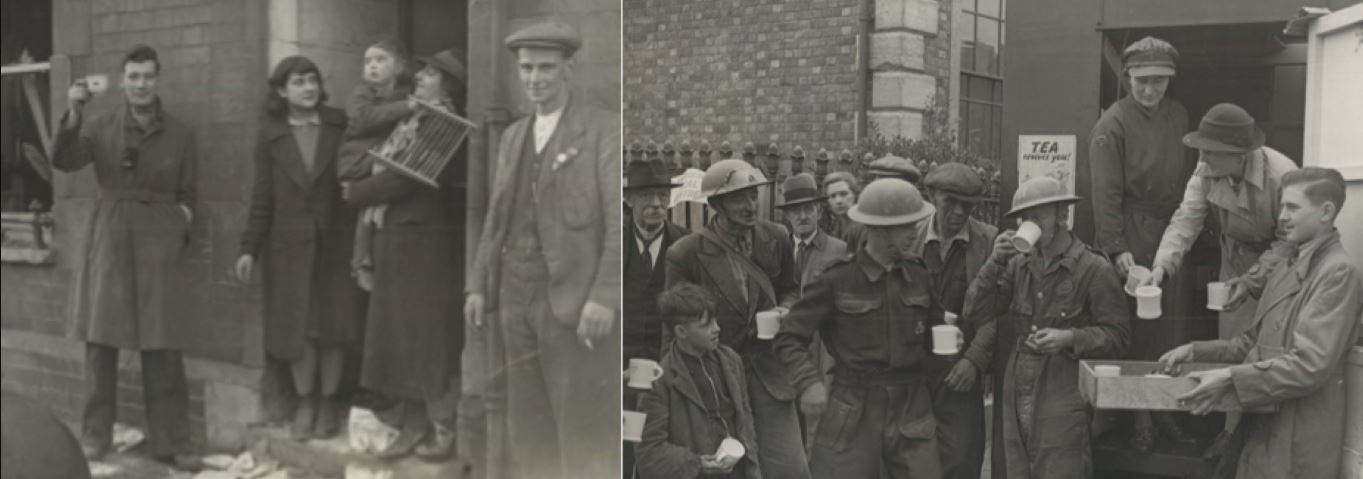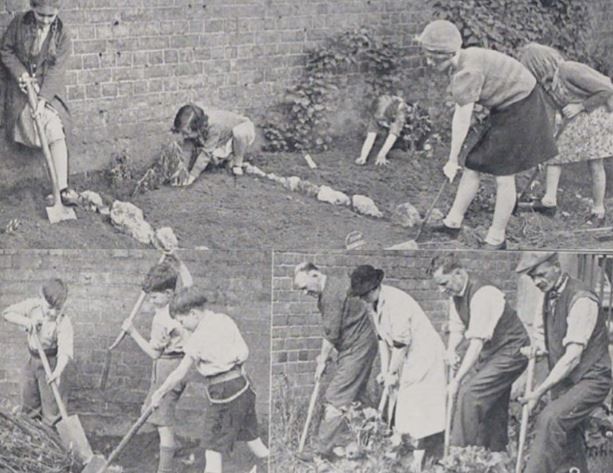Gloucestershire Libraries have shared with us some of the WW2 images from their collection held at Cheltenham Library. The following images are from the Cheltenham Chronicle & Gloucestershire Graphic and show different aspects of life on the Home Front for children growing up in Cheltenham during the Second World War.






Leave a Reply to Keith A G Jones Cancel reply